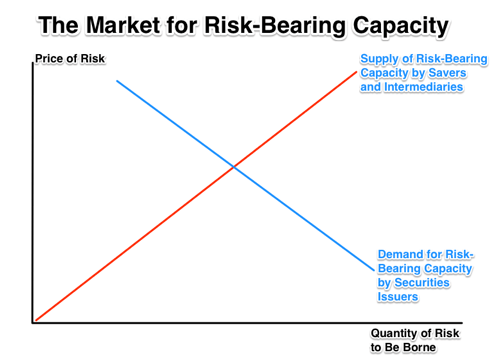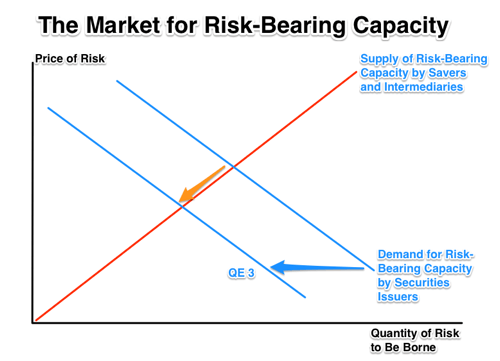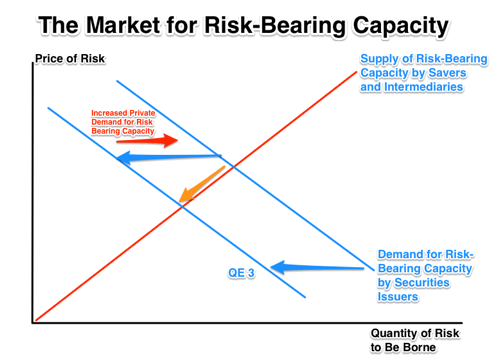I Continue to Fail to Understand Robert Rubin Thought…: Wednesday Focus: March 5, 2014
And I cannot see why he thinks what he thinks:
Pedro Nicolaci da Costa: Rubin Says Fed’s QE3 Will Lead to Trouble: “Rubin took the central bank to task for its bond-buying program…
The real issue is, what were the risks and rewards of QE3? There’s a widely held view that the benefits of QE3 have been relatively limited…. These vast flows of capital have gone up the risk curve and created what may well have been excesses, that now as we know are tending to unravel–and that has a destabilizing effect…. I don’t think there are any magic wands. Uncertainties could be far greater with the vast increases that have taken place in the balance sheet of the Fed….
Julia Coronado, an economist at BNP Paribas, took issue with Mr. Rubin’s focus, pointing out that inflation remains low despite aggressive central bank actions. “How come we’re not more worried about that?” she asked.
“I’m not sure there’s much you can do about low inflation right now,” Mr. Rubin said.
David Wessel, director of the Hutchins Center on Fiscal and Monetary Policy and a WSJ contributor, then asked Mr. Rubin what the Fed should do about monetary policy at the current juncture.
Mr. Rubin’s answer elicited laughter from the room of Wall Street and hedge fund economists: “I think I would do what the Fed seems to be doing, but I don’t know what the Fed is doing. I hope they know what they’re doing.”
I’ve covered this before, but…
At least as I see it: savers and intermediaries supply risk-bearing capacity to the market and bear risk; securities issuers demand risk-bearing capacity–and pay for it. The quantity in this market is the aggregate amount of risk to be borne; the price is the price of risk…

Among the largest sources of demand for risk-bearing capacity in financial markets are the GSEs that issue long-term mortgage-backed securities that carry substantial duration risk with them, and the Treasury that issues long-term bonds that also carry substantial duration risk with them. In QE3 the Federal Reserve enters the market and buys up these risky securities, replacing them in the market with nominally-riskless reserve balance cash. The Federal Reserve is then a hedged, patient capital investor: it will hold its long-term securities until maturity, nothing can force it to redeem its reserve balances until it wishes, and when maturity comes the Treasury will take reserve balances that taxpayers have just transferred to it and use them to repay the bonds, and the Fed’s balance sheet will shrink. In the meantime, whatever mark-to-market losses the Fed’s long-term asset portfolio incurs are offset, as an accounting matter, by equal gains via higher expected returns on a portfolio to be held to maturity.
On the private side, when the Fed buys up risky assets the demand for risk-bearing capacity left for the private market to carry shrinks:

People wanting to make money by supplying risk-bearing capacity find demand for their services more scarce, and have to bid down the price they charge for taking risky assets–have to bid down the spreads that they accept. Less risk is thus borne by private-sector risk bearers. And the prices of risky assets are higher because they contain a lower risk premium.
Yes, it is the case that because the price of risk is lower securities issuers have and will issue more risky assets–but that is only a partial offset to the reduction in demand for risk-bearing capacity that the Federal Reserve initially set in motion:

So why do so many people–not just Robert Rubin, but other people–believe that QE3 increases systemic risk? Where is the extra systemic risk? Who is forced to bear it?

